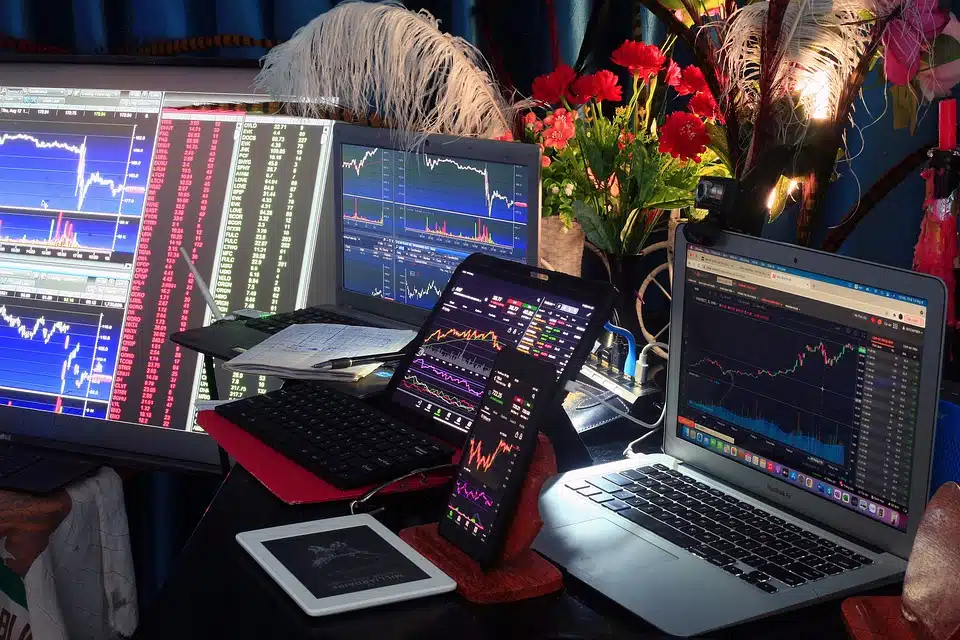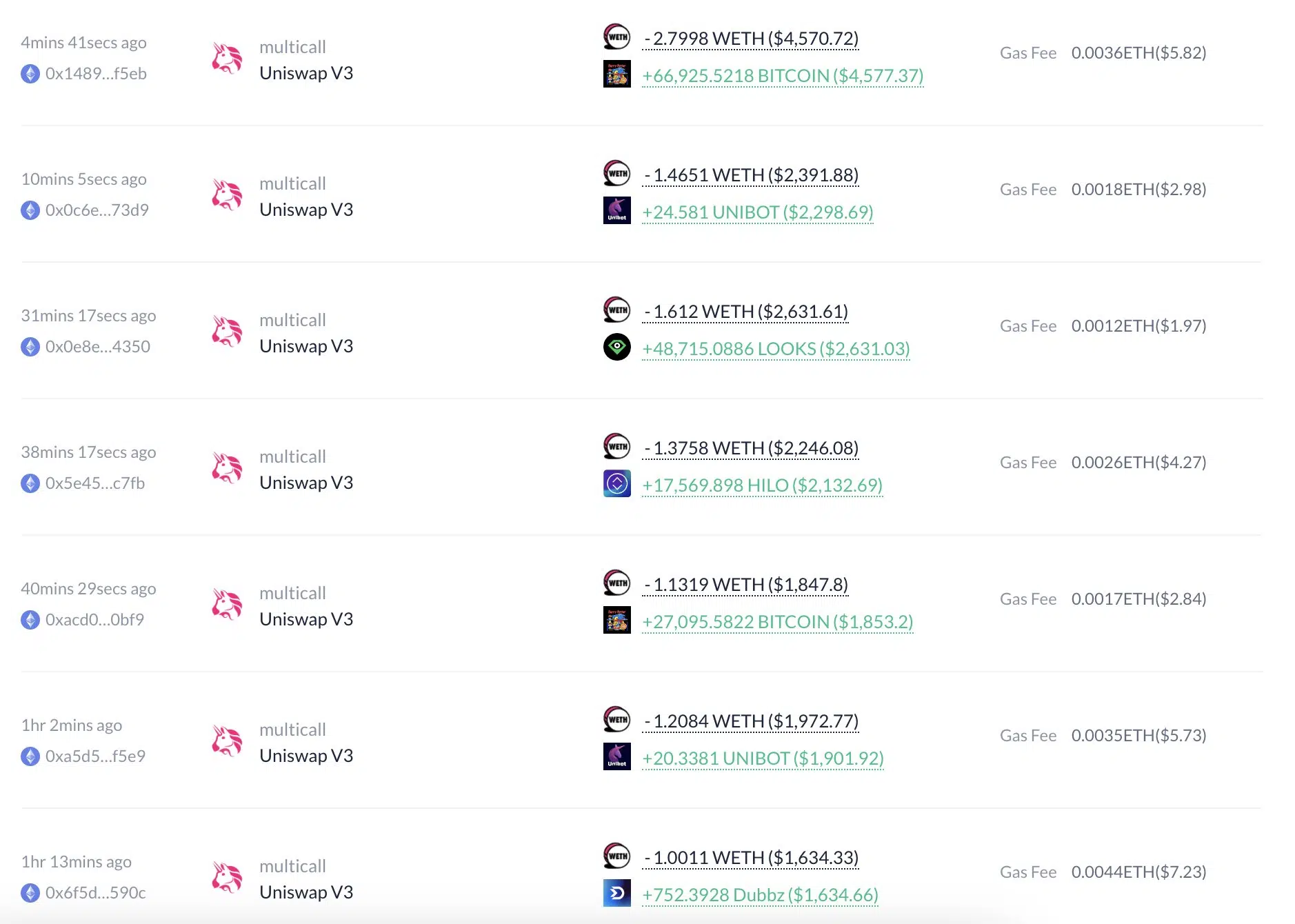Introduction
Forex trading is one of the most popular forms of investing, and for good reason. Forex trading offers a great opportunity for investors to make money, but it also carries with it a great deal of risk. That is why it is important for new traders to understand the basics of forex trading before they begin. This guide is designed to help new traders understand the basics of forex trading and provide them with the necessary tools and resources to get started.
The foreign exchange market, also known as forex or FX, is the largest and most liquid financial market in the world. It is estimated that more than $5 trillion is traded in the forex market every day. The forex market is an over-the-counter (OTC) market, meaning there is no centralized exchange or clearing house. Instead, transactions are conducted directly between two parties, usually through an online broker or a bank.
The forex market is open 24 hours a day, five days a week, and is accessible to anyone with an internet connection. This makes it an attractive option for investors who are looking to diversify their portfolios and make money in a global market.
What You Need to Know Before You Start Trading Forex
Before you start trading forex, there are a few things you need to know. First, you need to understand the basics of the forex market, including the different types of currencies, how they are traded, and the different types of orders that can be placed. You also need to understand the risks associated with forex trading and how to manage them.
Types of Currencies
The forex market is a global market, meaning it is made up of different currencies from all over the world. The most commonly traded currencies are the US dollar (USD), the euro (EUR), the Japanese yen (JPY), the British pound (GBP), the Swiss franc (CHF), the Canadian dollar (CAD), the Australian dollar (AUD), and the New Zealand dollar (NZD).
How Currencies are Traded
In the forex market, currencies are always traded in pairs. This means that when you buy one currency, you are simultaneously selling another. For example, if you buy the EUR/USD pair, you are buying euros and selling US dollars. The value of the pair is determined by the relative values of the two currencies. If the euro is worth more than the US dollar, the pair will increase in value.
Types of Orders
In the forex market, there are several types of orders that can be placed. These include market orders, limit orders, stop orders, and trailing stop orders. A market order is an order to buy or sell a currency at the current market price. A limit order is an order to buy or sell a currency at a specified price. A stop order is an order to buy or sell a currency when it reaches a certain price. A trailing stop order is an order to buy or sell a currency when it reaches a certain amount above or below the current price.
Risks of Forex Trading
Forex trading carries with it a great deal of risk. The most common risk is the risk of loss due to currency fluctuations. This means that if the value of a currency moves against you, you could lose all of your investment. There is also the risk of fraud and manipulation in the forex market, as well as the risk of leverage, which can lead to large losses. Finally, there is the risk of counterparty risk, which is the risk that the other party in a transaction will not fulfill their obligations.
Getting Started with Forex Trading
Now that you understand the basics of the forex market, it’s time to get started trading. The first step is to find a reputable broker. There are many forex brokers out there, and it is important to do your research and find one that is reliable and trustworthy. Once you have chosen a broker, you will need to open an account and fund it with the amount of money you want to trade.
Once your account is set up, you will be able to start trading. You can place orders to buy or sell currencies, and you can use a variety of strategies to try and make a profit. You can also use technical analysis to try and predict the direction of the market.
Managing Your Risk
Once you have started trading, it is important to manage your risk. The first step is to set a stop loss order, which is an order to sell a currency if it reaches a certain price. This will help to limit your losses if the market moves against you. You should also use leverage cautiously, as it can quickly lead to large losses. Finally, you should diversify your portfolio to reduce your risk.
Conclusion
Forex trading can be a lucrative and exciting way to make money, but it also carries with it a great deal of risk. That is why it is important for new traders to understand the basics of forex trading before they begin. This guide has provided an overview of the basics of forex trading and the necessary tools and resources to get started. It is also important to understand the risks associated with forex trading and to manage them properly. With the right knowledge and tools, you can be well on your way to becoming a successful forex trader.


